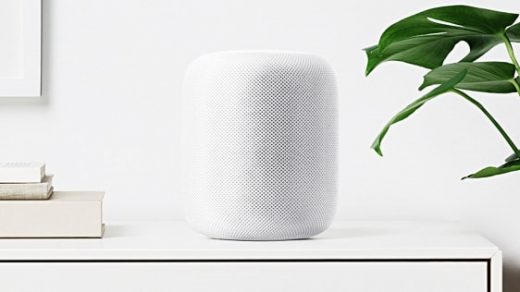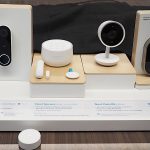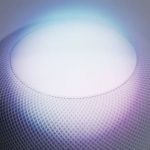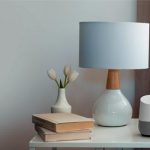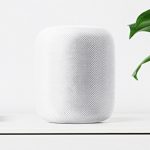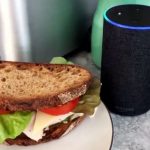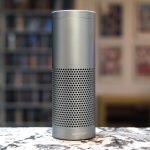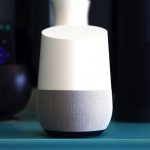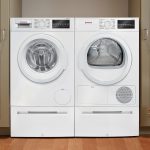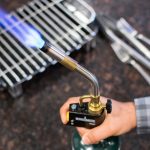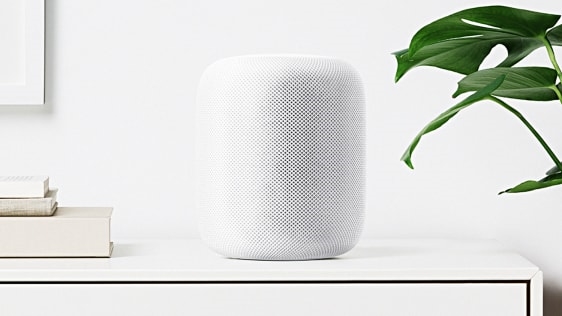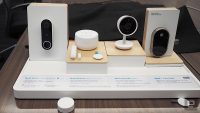HomePod Reviewed: Heavyweight Audio Processing Makes The Magic
Apple’s new HomePod is billed as a “smart speaker” like the Amazon Echo and Google Home, but it’s much more of a speaker than it is smart.
Apple’s Siri natural language digital assistant is baked into the HomePod (as it is in most every Apple device), but its skill set is confined to some basic tasks, and its integrations are limited to what’s within the Apple ecosystem. Amazon’s Echo and Google’s Home are more helpful as natural language-based digital assistants.
But the HomePod sounds quite a lot better than those other smart speakers.
Apple makes several claims about the fidelity of the HomePod. It promises superb overall sound. It says the HomePod’s sound output is true to the production intent of the recording it’s playing–that is add bass heft or treble crispness where it doesn’t actually exist on the recording. Apple says the speaker delivers audio that sounds the same regardless of the place in the room from which you’re listening. And it says HomePod will deliver the same audio experience regardless of where its placed in the room.
After testing the speaker for a couple of days, I believe the HomePod backs up those claims. Whether that’s worth $349 depends on the buyer.
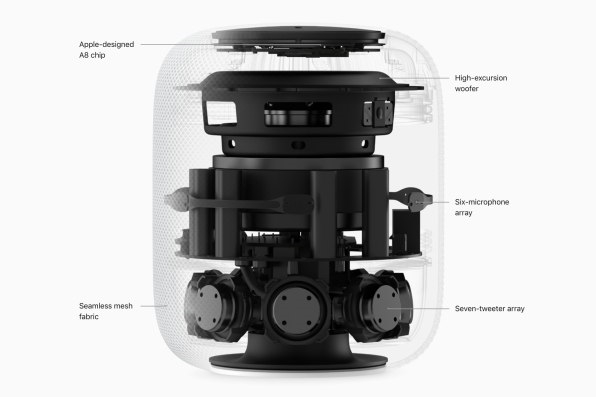
What’s Inside
The HomePod’s insides feature some design innovations that contribute to its big sound. It’s 4-inch driver that’s sits facing upward in the top section of the device. The speaker cone can move up and down a total of 20 millimeters from “peak to peak,” Apple says. This is an unusually wide range of motion for a 4-inch driver, an audio expert told me, and it’s part of the explanation for the HomePod’s low-end heft.
I listened to several sample tracks–everything from the upright bass in Errol Garner to the super smooth and deep bass in Steely Dan’s “Gaucho.” I also played some familiar hip-hop recordings to listen for any exaggeration of the bass, or any bass distortion at high volume. I heard no sweetening of the low end. And even at 100% volume I didn’t hear any distortion.
Some reviewers have pointed out the lack of an equalizer function on the HomePod. This is probably due to Apple’s confidence in the accuracy and fidelity of the device. One Apple person told me the company brought in experts, including high-profile record producers, to help in this effort. You’ll find this same lack of EQ controls in some very high-end home amplifiers and receivers.
An array of seven tweeters face outward (and slightly upward) at the bottom of the HomePod. These too are impressive. The high end in Portugal The Man’s “Feel It Still” fairly shimmered.
If I had one complaint about the sound, it would be that the mid-range didn’t seem quite as punchy and defined as the lows and highs. The 4-inch driver is being asked to cover both the low and mid range, and, depending on the recording, the mid-range definition can suffer somewhat. But the overall sound of the HomePod is so pleasing that this seems like nitpicking.
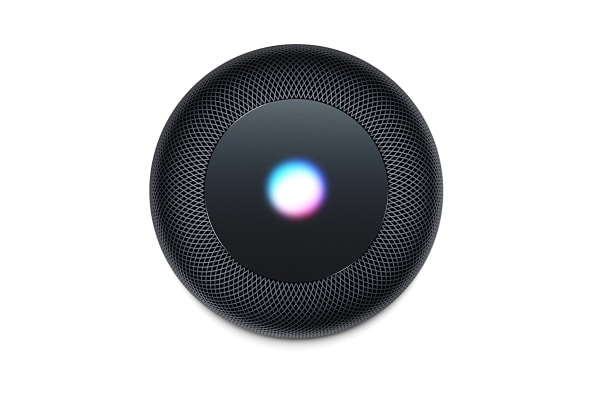
How It Creates That Powerful Sound
The HomePod uses a lot of advanced signal processing to create its sound. As it plays music in a room, it records the behavior of the sound waves using an array of six microphones. This information is fed into the algorithms, which then adjust the output of the speakers to fit the room and to place certain types of sounds at specific places in the space. An Apple spokesperson told me the software differentiates between “direct” energy and “ambient” energy in a recording. A direct, or dominant, sound in the mix, like the lead singer’s voice, is recreated in a way that locates it in the center of the room. An “ambient” sound, like reverb or other effects, or background crowd noise in a live recording, is distributed throughout the room in a diffuse way, the spokesperson told me.
The HomePod did this more convincingly using the recordings chosen by Apple for its demos than the ones I played on the device in my own living room. But in either case, I could hear the separation of these two types of sounds.
There’s a seventh microphone deeper inside the HomePod that measures sound output to detect the presence of walls and other large objects in the room. Such things can interrupt or deflect the long sound waves that comprise low-end sound. If the HomePod’s microphone detects that it’s sitting next to a wall, an algorithm, Apple says, adjusts the way the driver is outputting the bass.
Apple is releasing the HomePod with two major software features missing. The company has demonstrated two HomePods working together as a stereo pair. In this configuration one speaker is designated as the left channel and the other as the right. The sound of the pair, in Apple’s demos, was impressive. But the company apparently needed some more time to work out the complexities of modeling the stereo effect. Another feature, AirPlay 2, which allows HomePods in different rooms to coordinate music selections, is also not available for the HomePod’s launch. Apple says the features will be delivered in a software update later this year.
The main point of the HomePod is to fill a room with sound with a single, compact device, and recreate the sound of a recording in a consistent way throughout the room. In my living room, the HomePod does this convincingly when its volume is at 40% and upward. As for Siri, the assistant can do things like control HomeKit devices, compose quick lists, and read and send messages.
But the $349 you pay for a HomePod is mainly going to music components and software, with the somewhat limited digital assistant functionality an added bonus.
Fast Company , Read Full Story
(29)

